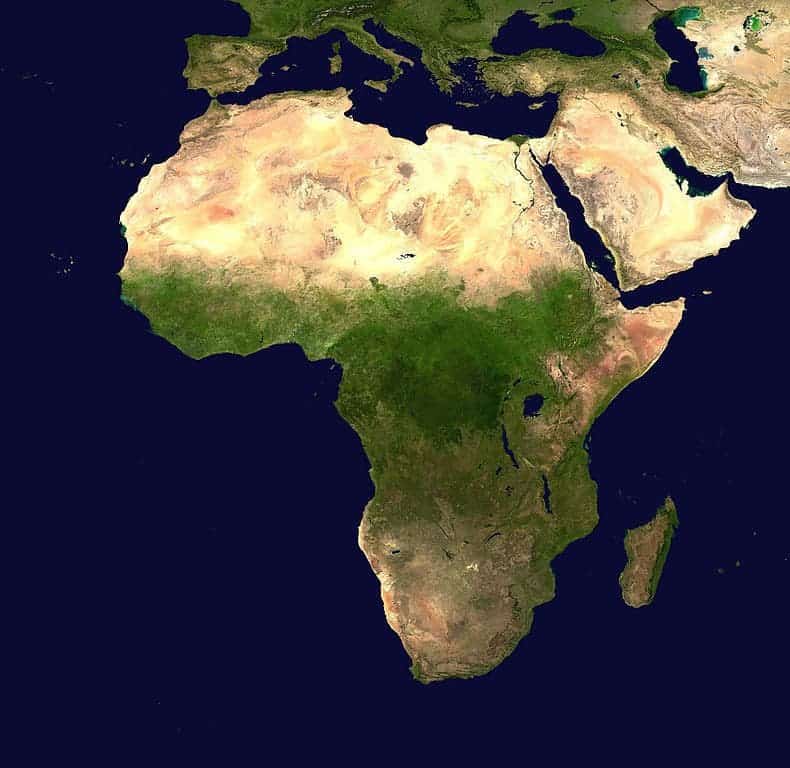We’ve only been able to guess how much of African forests have been lost in the past 100 years. Typically, the amount of deforestation has been estimated between 35%-55%. Now, Yale researchers have reconstructed the historical extent of African forests in 1900, using historical maps and samples, and compared it with the current forest extent. They found that the impact of forestry in Africa has been less severe than expected.
A combination of techniques was used to reconstruct the historical extent of forests in Africa. The researchers chose the year 1900 as a baseline because European colonization started at this time and there was still enough historical information for analysis. They used a variety of different historical sources, such as pollen, preserved charcoal, leaf parts called phytoliths, and soil carbon, as well as historical maps. The historical data was compared against a satellite-derived global tree cover database from the year 2000.

“There is a global effort to increase the number of trees that can trap carbon,” Staver said. “In Africa, it would make the most sense to focus these efforts in areas that have truly been deforested rather than in areas which have long been savannas.”
The new study, published in Nature Ecology and Evolution, has found that closed-canopy forests have only decreased by 21.7% since 1900. One reason that this number is lower than previously expected is that ancient savannas had been incorrectly labeled as newly deforested regions. Another reason is the low economic development of the area. The most deforestation occurred in Western Africa, including Ghana and Sierra Leone. In contrast, in central Africa, the forest extent has actually expanded.
This new knowledge improves our overview of the “green lungs” of the Earth. Forests are important for a number of reasons, such as supporting biodiversity, preventing erosion, and acting as a sink for carbon dioxide so that less is released into the atmosphere. Now, researchers have a better picture of what kind of conservation action is the most suitable in Africa.

Although it is good news that these forests are still intact, the main reason has been at the expense of the inhabitants. The violent conflicts in the area have prevented infrastructure investments and economic development. At least now, the countries have a chance to take their intact forests and manage them in a sustainable way to prevent the rapid loss of forest.
Journal reference: Forest extent and deforestation in tropical Africa since 1900, Nature Ecology and Evolution (2017). nature.com/articles/doi:10.1038/s41559-017-0406-1






